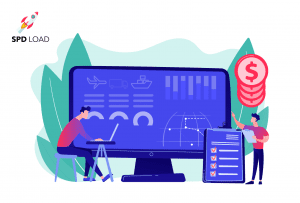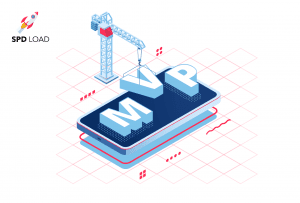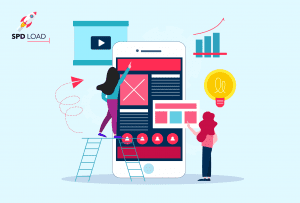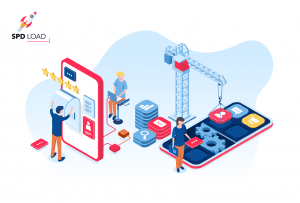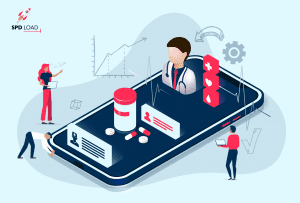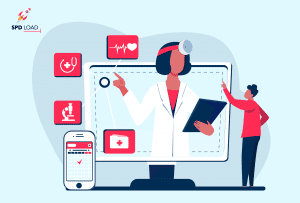SaaS Development in 2025: Process, Challenges, and Tips
- Updated: Nov 11, 2024
- 16 min
Are you a startup founder, product manager, or serial entrepreneur interested in developing your own SaaS platform? If so, you’re in the right place!
In this article, we’ll cover:
- What SaaS development is and how it works
- The major benefits SaaS brings
- Steps for building SaaS software
- The team and tech needed
- Common SaaS challenges
- Estimated development costs
- Finding a reliable development partner
Contact our experts to discuss your SaaS idea and how we can help bring it to life.
Being a Clutch Leader in Ukraine speaks to our dedication and hard work in the software development field.
If you prefer visuals, feel free to skip ahead to our bonus infographic.
Not sure if the SaaS software model is right for you? Explore the ASP model vs SaaS model breakdown.
Bring your app idea to life with our expert software developers — contact us today to get started!
Understanding Software-as-a-Service (SaaS)
The SaaS market is enjoying a real-time growth of 18% yearly, making it the fastest-growing market for startups that deliver cloud-based solutions to businesses and consumers.
Let’s take a look at some noteworthy growth rates experienced by some SaaS companies:
- Azure reported a cloud services revenue growth rate of over 20% in 2023,
- Amazon web services has over 1 million users – both freemium and paid,
- Salesforce enjoys a 23,15% y-o-y revenue increase in 2023.

More inspired by the impressive growth and adoption of the SaaS architecture? Let’s educate you more on this technology.
What Does the SaaS Model Mean?
SaaS product is a model for accessing web applications over the Internet.
In other words, the hosts of the software in the cloud server allowed anyone to access it through a browser.
The host undertakes both updates and maintenance, and users don’t have to install the application on their devices.
Want to build a SaaS product? This guide explains how to start a SaaS business step by step.
What is SaaS Software Development?
SaaS development is the process of building cloud-based applications. It includes the creation of documentation, design, development, testing, and deployment on the server. 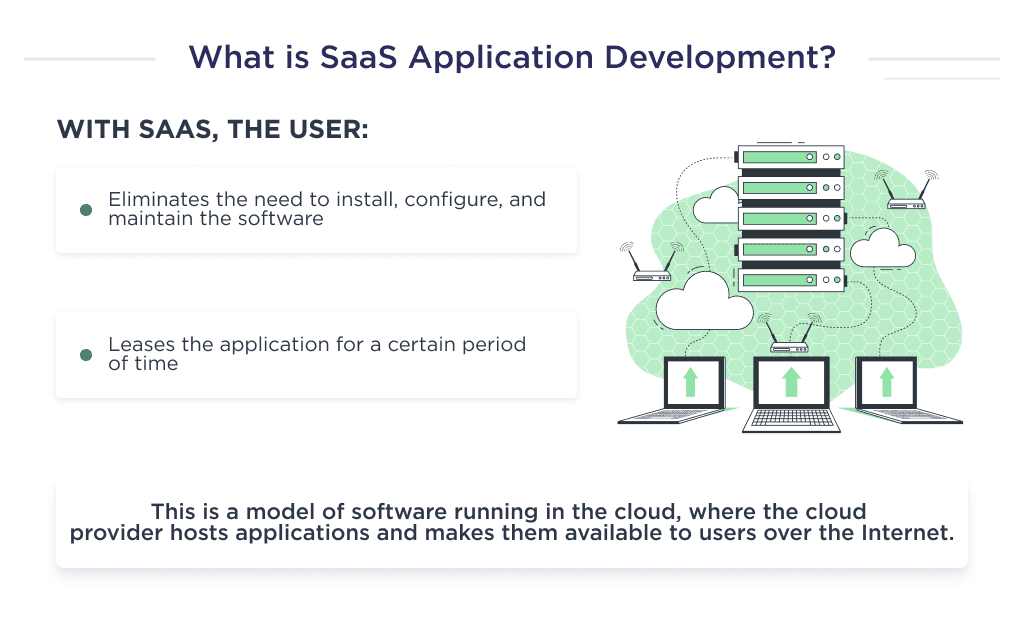
How SaaS Differs from Web Application Development
All SaaS products are web applications, but not all web app ideas use the SaaS model. Let’s take a look at the comparison spreadsheet:
| SaaS Application | Web Application |
|
|

Follow the link to read more about web app development. Now that you have a more knowledgeable view of SaaS application development, let’s discuss its pros.
Benefits of SaaS Application Development
The SaaS model offers a lot of benefits to both startups and users.
A major determinant of benefits received by end-users is the approach engaged in the developmental process.
So these benefits only remain as potential without the right product development workflow.
Below are some of the SaaS product development benefits.
1. Easy Deployment
The primary benefit of SaaS over traditional software is the reduced cost and timeframe to deliver the solution to a target market.
Both SaaS subscribers and providers benefit from this since the providers centrally fix, update, and deploy offerings in the cloud, which reduces software maintenance costs and allows them to offer services such as cloud analytics with ease.
On the client-side, they don’t have to install newer software versions.
For example, a SaaS provider may easily purchase services via the Google Cloud Platform (GCP).
This ensures that SaaS platforms get the same level of protection as Google services, making it easy for founders to build a website and scale the solution without bothering about data leaks.
2. Scalability
An ideal SaaS solution is placed in scalable cloud environments, where it’s easy to integrate with third parties.
Through the use of APIs, third-party-enabled features are easily included within the SaaS app, easing the process of adopting better features to the platform.
Scaling on the user-end is also seamless, as it does not require users to purchase a software or server, as businesses only subscribe to services they need.
If their need changes, they can simply upgrade to a more suitable subscription with a few clicks.
The cloud migration discovery phase is essential for identifying potential risks and ensuring data integrity.
3. No Special Hardware Needed
While the SaaS provider requires a great deal of high-tech software or a third-party hosting provider, users can access the platform with any type of device provided that they’re internet enabled.
For example, you’ll need a Windows 10 with a minimum processor of 1 GHz to use Microsoft Word.
However, a SaaS platform like Google Docs allows you to write long-form texts without hardware requirements.
Explore the top hosting solutions for SaaS products and find what works best for your business in our hosting for SaaS article.
4. Secure Database Design
The standard security protocols of SaaS database providers include SSL and TLS encryption. This protects user communications and data, ensuring that providers spend less on data security.
But some companies need even more security. For example, if we talk about healthcare app development or healthcare web design services for US-based startups, we need to think through HIPAA compliance.
The same is for European startups, but about GDPR compliance.
The SaaS model allows relatively simple and fast integration of additional protocols. For example, with the use of 3rd party integrations. 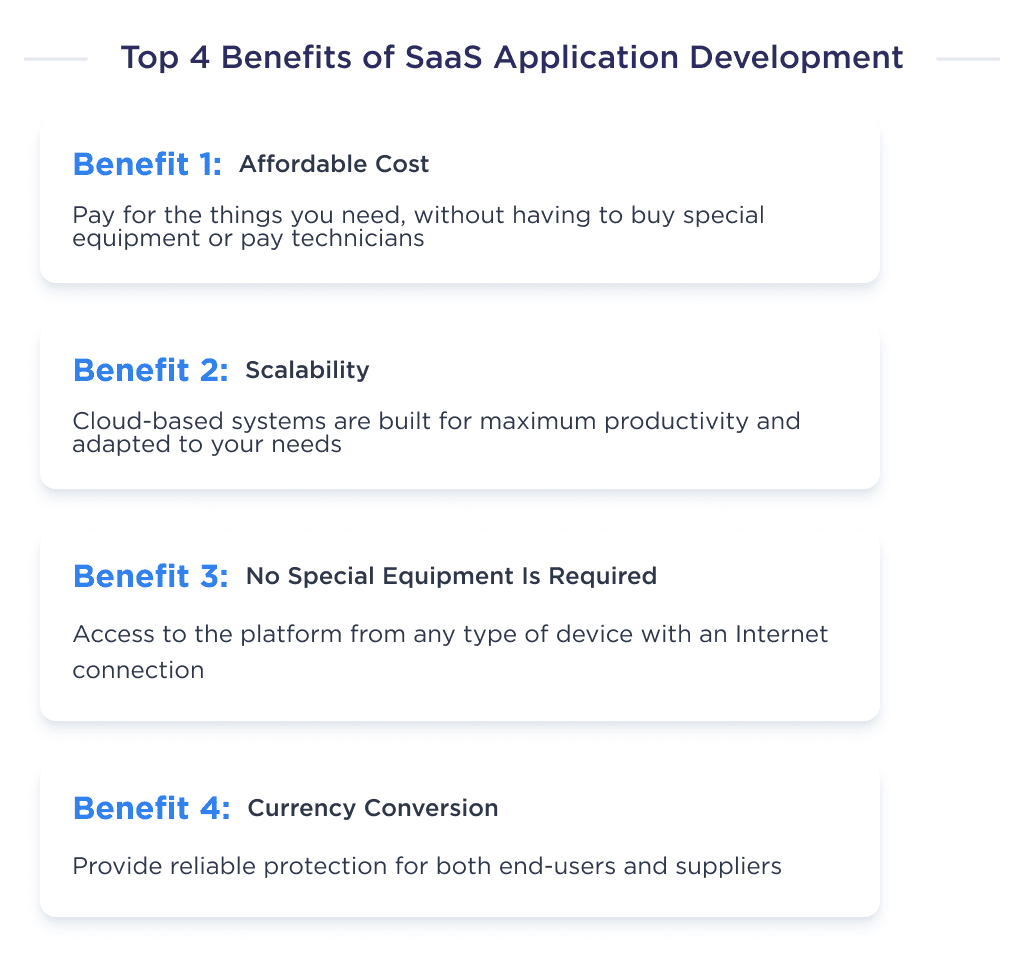
Now let’s talk more about the process of developing a SaaS product from scratch.
7 Steps of SaaS Development
Let’s take a look at the checklist of the 7 stages of the software-as-a-service application development life cycle:
- Idea validation,
- Elaborating on the requirements,
- UX/UI design,
- Frontend and backend development,
- Quality assurance testing,
- Launching and supporting the product,
- SaaS product scaling.
Let’s discuss each point in the checklist.
1. Idea Generation and Validation
At the foundation of your creation process are product ideation and validation. Ideation is the creative process of generating ideas and communicating them with the developmental team.
On the other hand, validation entails verifying the idea’s viability before core development.
Although the startup does the preliminary set of idea validation, the app development partner carries out the more technical aspects.
Idea generation and validation for SaaS follow this checklist:
- Create a SaaS idea,
- Conduct an extensive market survey,
- Define requisite technical parameters,
- Create a prototype for your application,
- Revise the prototype’s compliance with regulatory laws.

Once you have a conceptualized idea, it’s time to move on to the design phase.
2. UX/UI Design
UX/UI design of a SaaS product includes the stages of user experience design and user interface design:
- UX is about the creation of a blueprint for the platform,
- UI stands for the look and feel of the future platform.
It’s important to note that any icon, button, or form on the design is an additional feature of the platform.
In other words, drawing a button is much faster and cheaper than developing one. Because behind each button can hide an insane amount of logical connections to various entities, calculations, and integrations.
So be careful about design when reaching for MVP development services to stay on budget.
It should also be mentioned that the design will be used to almost accurately estimate the development price, as well as to decompose the development process into milestones.
But it’s quite a compressed look on the design. Read more about it, in our guide on how to design a SaaS platform. 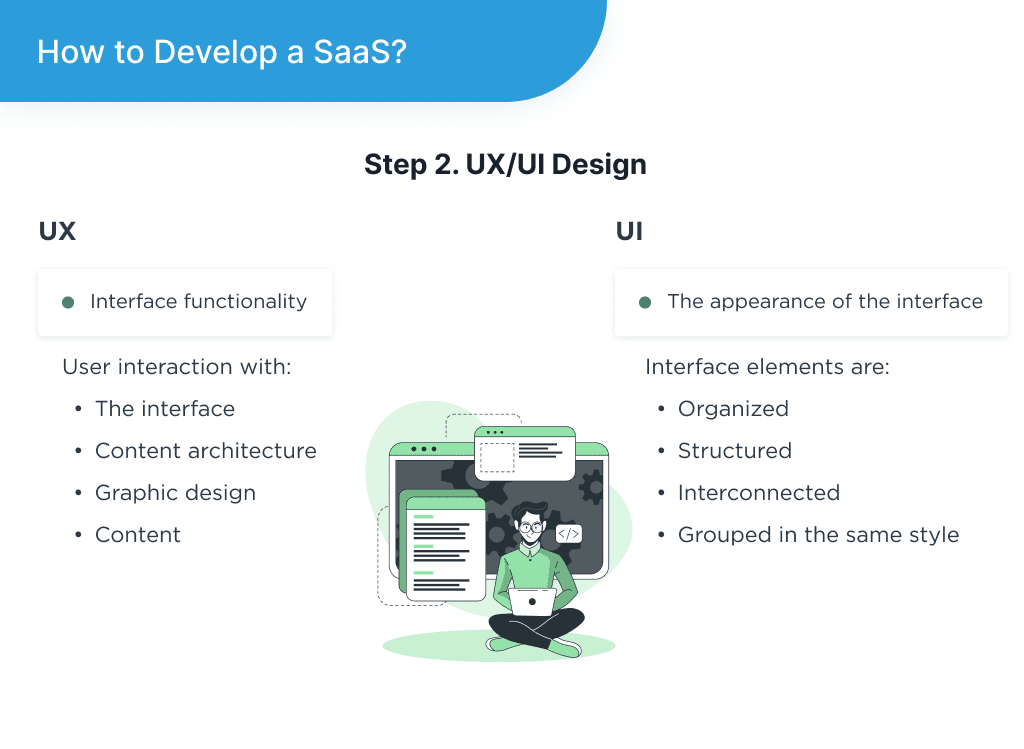
We’ll move to the description of the development.
3. Coding and Testing
The essence of developing SaaS applications is to turn a design into a live platform. What we mean by that:
- The designer provides the UX/UI design files,
- The backend engineer then writes the code necessary for the features to function,
- The frontend developer deploys the design to the server and connects the frontend to the backend,
- The QA tester develops and runs tests to find and report bugs and manage fixes,
- And the project manager oversees the entire process from A to Z to manage and coordinate literally everything.
Honestly, it’s impossible to fully describe the development process because different companies have different standards and approaches.
For example, some companies have a fixed-price approach with a fixed scope of work and a fixed team structure.
Others take a time-and-materials approach and can scale up or down the scope of work and team in the process.
However, this description covers all of the most important aspects of the application development process. 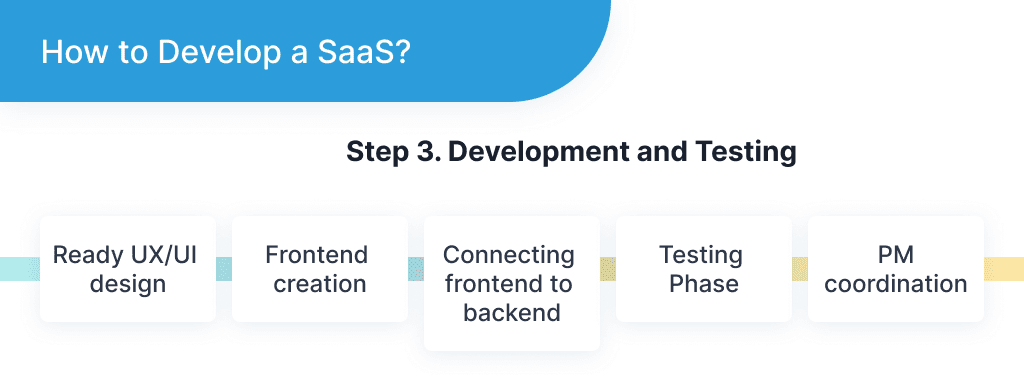
Now let’s talk about product launch and maintenance.
4. Launch and Maintenance
Here, you’ll deploy the SaaS platform via GitHub, AWS CodeCommit, or another launching platform.
Compare Digital Ocean, AWS, and Google Cloud for insights into which platform fits your business best.
The crux of the activity is executed by the DevOps engineer – a team member with expertise in guiding software through its launch phase.
Check out our DevOps services to learn more about our DevOps practices and tools.
After that, maintenance begins.
However, a popular mistake that most tech entrepreneurs make in this phase is not having a budget for maintenance. You need to sort this outright from the initial planning phase.
An ideal SaaS maintenance budget should be about 25% of your development budget. You need $100,000 to develop your Software-as-a-Service solution. Then, your annual maintenance budget shouldn’t be less than $25,000. 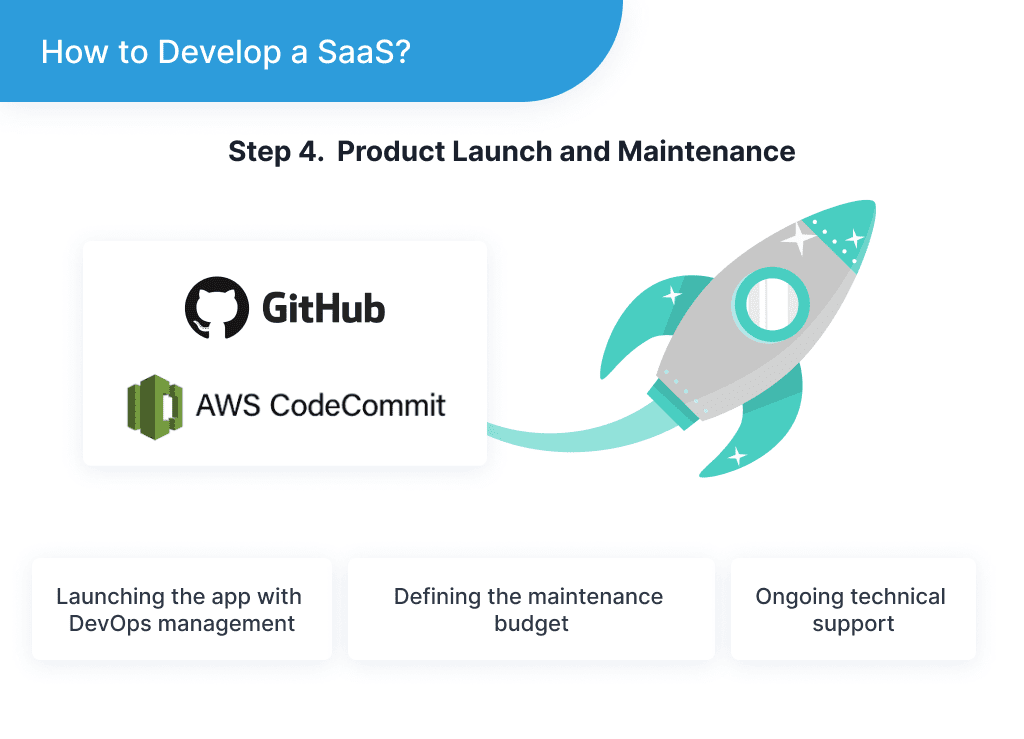
5. Product Scaling
An important note before we go any further. Founders usually don’t think about it, but you need to attract potential users at the idea validation stage.
We’re sure you’re one of those founders who think about this.
So let’s continue with the idea that once you launch the platform, you will already have your first customers.
What you should do in this step is to constantly collect customer feedback. There are many ways to act so including customer interviews, questionnaires, email feedback, and so on.
It’s quite an essential thing to do.
Because irrespective of your target audience, the market sector, or whether it’s a B2B or B2C SaaS solution, your maintenance, and scaling spending will be on the following:
- Addition of new features,
- Analytics and monitoring,
- Product enhancement,
- Support.

Creating an app can be complex, but these app development tips simplify the journey.
Now that you understand the developmental steps needed to create a Software-as-a-Service solution.
Let’s take a look at the required team and tech stack.
Supercharge Your Team with Top IT Talent.
Building a SaaS Team and Technology Stack
There are different approaches to assembling and hiring required dedicated software developers to develop a custom SaaS. However, let us suggest the most balanced one:
- Project Manager
- Business Analyst
- UX/UI Designer
- Backend Developer
- Frontend or Mobile Developer
- QA tester
The same situation is with the tech stack. Backend and frontend technologies may vary depending on your business or technical requirements, or the team preferences.
Here’s how to choose a tech stack that ensures success. 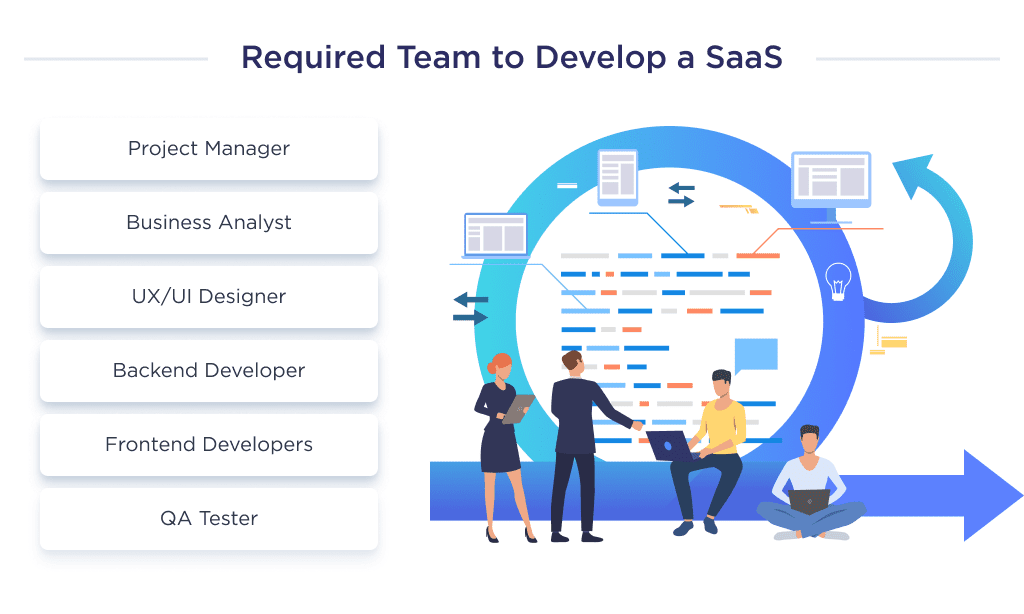
Here’s the list of the most reliable tech stack to develop an MVP from our perspective:
| Backend technologies | Frontend technologies |
|
|
If you’re working with Laravel, these best Laravel tools and resources will streamline your workflow.
Hiring Laravel talent doesn’t have to be hard. Check out this comprehensive guide on how to find a Laravel developer.
Now let’s focus on SaaS development challenges.
Common SaaS Development Challenges
Let’s consider the most popular pitfalls that your dedicated development team may encounter.
1. Integrating Third-Party Services
A typical SaaS app has many features embedded in the platform; some are built by third parties and integrated into the Software-as-a-Service via APIs, while others will inevitably be created from scratch.
One of the most prominent third-party features in most SaaS software is the payment system. This feature helps users make subscription payments or perform monetization/pricing-related activities.
The challenge here is that integration can be challenging, as technical requirements are very complex.
Common payment solutions integrated into SaaS platforms are Stripe, PayPal, QuickPay, Braintree, and Skrill. Due to complexity, each of those payment platforms has API documentation that guides users through the implementation process.
The ultimate way to surmount this challenge is to hire a seasoned development team.
Especially one with a well-knowledgeable QA to perform manual and automated tests to ensure that the third-party integration works appropriately.
It’s worthy of note that the type of third-party integration you’ll need depends on the core function of your Software-as-a-Service platform.
2. Building a Secure Database
SaaS applications carry an enormous amount of sensitive information that can be accessed from virtually any device with an enabled web browser. This increases its risk of being hacked.
To prevent this, SaaS database service providers use SSL and TLS as their standard security protocols for encrypting user-to-server communications and those made between two users.
However, this security is not encompassing enough to secure the level of data handled by SaaS solutions.
For guaranteed security, countries are beginning to make laws to guide developmental processes and how the platform is managed. For example, HIPAA compliance for American healthcare software companies. Discover the best HIPAA-compliant chat apps.
Looking for innovation in healthcare? Here are some of the best healthcare startups leading the way.
The crux now lies in startups finding and contracting their development activities to SaaS development companies that understand the intricacies of HIPAA and GDPR protocols.
The team has to follow the stipulations of these protocols right from the start of development.
3. Ensuring No-Downtime Deployment
A high priority has to be placed on updating the platform regularly. A challenge is that the platform is often inaccessible during the maintenance timeframe.
Traditional systems, while performing an update, will notify users about downtimes. However, since most Software-as-a-Service platforms must be permanently online, their maintenance teams adopt a no-downtime deployment strategy.
A popular no-downtime strategy is a blue-green approach.
The application release model transfers a number of users at scheduled intervals from an older version of the platform to an identical new release – both of which are accessible.
The older version of the software is called the blue environment, while the newer version is the green environment.
The blue environment can either be used as a stand-by in case there’s a fault with one or be used as a template for the next update.
4. Managing User Subscriptions
Software-as-a-Service has a lot of features, and subscription is a complex feature that entails:
- Subscribing,
- Trailing,
- Upgrading,
- Canceling,
- Unsubscribing.
These checkpoints all deal with managing subscribers’ lists. And there are two ways to create them, first is by using and creating your subscription system from scratch, while the other entails the use of external APIs.
Let’s help you know what each entails to make a suitable choice.
There are two options for building a system to manage those in your subscription list:
| Option 1: Use an External API | Option 2: Develop your Solution from the Scratch |
|
|

We discussed all the major components of the SaaS development process. Now let’s talk about the SaaS development pricing.
How Much Does It Cost to Develop a SaaS Application?
The SaaS application development costs for a Minimum Viable product varies from $60,000 to $200,000. In this article, we will briefly cover this aspect, but you can follow the link to learn more about the cost of SaaS development.
The exact amount depends on a host of factors, primarily determined by the developers’ location, the complexity of the application, and the type of team helping with the development.
However, here we covered only the most essential pricing factors. If you’re interested to find out more, read our guide on how much it costs of developing saas applications.
Let’s discuss the cost by team type for better understanding.
Costs By Team Structure
An important factor that can affect the development cost of saas software development is the type of team.
As a startup, you have the option of numerous team types. If you’ve done a little market research, then the chances are high that you’re confused about which is the most ideal for a SaaS platform.
Let’s first help you with an estimated cost implication of each team type; then, we’ll dwell briefly on understanding their intricacies.
| Type of team | Average development cost, $ |
| In-house | 120,000 |
| Local agency | 180,000 |
| Freelancers | 45,000 |
| Outsource agency | 60,000 |
However, a SaaS company should not aim at hiring the cheapest but getting the best value for the most ideal price. You should aim for the best partner.
Here are the different team types you may partner with:
Type 1. In-house development team
This is a very straightforward situation, where you make a job offering to the public, get prospective developers, test their knowledge, and make your choice.
This option gives you total control over your workflow and creates an opportunity to hold daily briefings with them. They’re always at your “beck and call” for any quick fix.
| Pros | Cons |
|
|
Making the right choice is crucial. Here’s everything you need to know about in-house development vs. outsourcing.
Type 2. Local development agency
By local development agency, we mean SaaS development team based in the UK, US, and other high-income earning countries.
| Pros | Cons |
|
|
Type 3. Freelance developers
They are independent, full-stack developers that have deep experience in single-handedly building Software-as-a-Service sites with diverse mobile and web development stacks.
You can seamlessly find one in freelance developers on social media platforms and freelance websites like Upwork, Fiverr, etc.
| Pros | Cons |
|
|
Note: Before parting ways with your money, ensure that you sign necessary documents (e.g., NDA) that bind a freelancer to work on your project and prevent them from sharing sensitive data with the public.
Type 4. Outsource development agency
An outsource development company benefits from other hiring models with minimal risk.
An outsourced development agency provides a dedicated development team that helps companies in other countries develop tech solutions.
A software outsourcing agency provides a possibility of maximizing the potential of your idea, irrespective of technicality and size.
Outsourcing SaaS development is ideal for these platforms, needing extra features such as machine learning and blockchain technology.
This is undoubtedly the most effective method of all the four options provided. It’s mostly popular amongst startups in Germany, the UK, the U.S., Canada, and other high-income countries.
If you’re considering outsourcing, check out the benefits of IT outsourcing for insights.
Just like others, it also has its pros and cons:
| Pros | Cons |
|
|

Now, let’s discuss ways to find a reliable SaaS development partner for yourself.
How to Find a Reliable SaaS Development Partner
Creating an effective SaaS solution is primarily dependent on finding the right development team.
Even if you have the most profitable idea ever thought of since technology became mainstream, the wrong team can mess up your idea.
Let’s delve further into some great tips for finding a reliable partner:
1. Relevant Expertise
It’s imperative first to consider past jobs and their understanding of the intricacies of Software-as-a-Service before settling for a SaaS development team.
Creating an ideal SaaS solution goes beyond software engineering practices; the team should also understand the market.
Only choose a team that has demonstrated both a good understanding of your business model and technical know-how of Software-as-a-Service.
Looking for inspiration? Here are the best SaaS startup ideas making waves in the market.
Explore our SaaS services today
2. Portfolio of Work
Every prospective offer you get will be from developmental teams claiming to be the best.
But by surfing through their portfolio, you’ll be able to know what the team can offer you by examining their catalog of projects.
For SaaS, be specific about their past cloud computing projects.
3. Live Successful SaaS
Other than the portfolio, watch out for the success rate of previous Software-as-a-Service it built–and in the lack of any, consider other projects and their ability to create one. 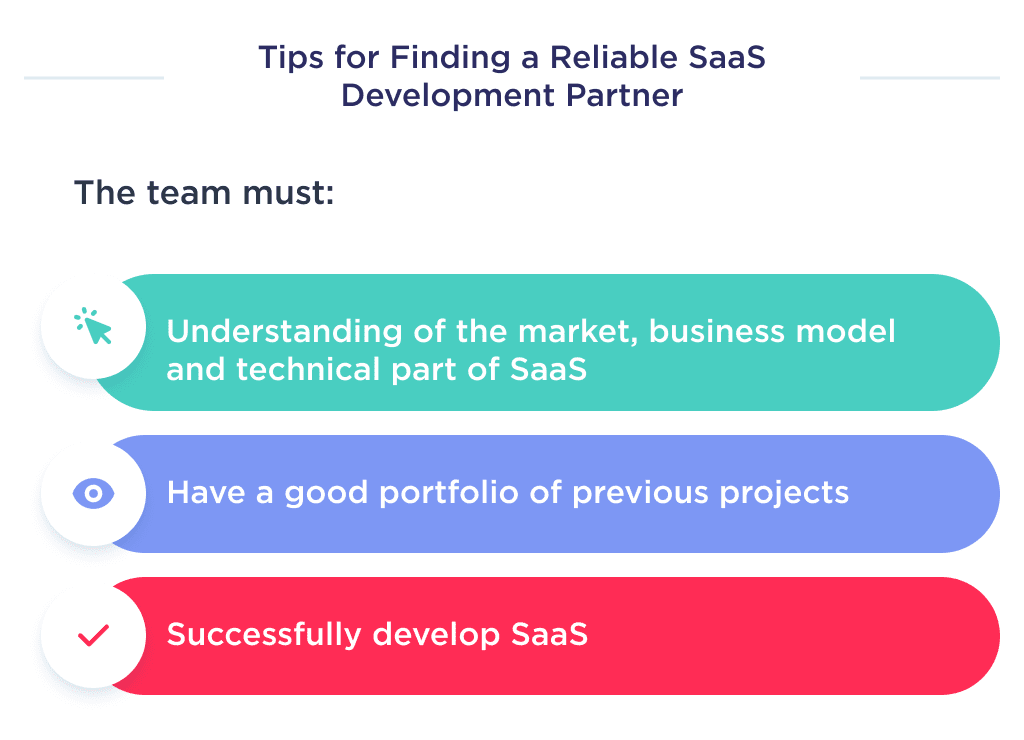
Ready to Build Your SaaS?
If you’ve made it this far, you must be interested in transforming your startup idea into a robust SaaS solution. That’s where we come in.
Our team of 70+ software experts has spent over 10 years helping startups bring innovative SaaS platforms to life quickly and affordably.
Whether you have a firm concept in mind or are still brainstorming possibilities, our discovery session is the perfect, no-strings-attached way to explore what a custom SaaS would look like for your company.
Schedule a free consultation with our product strategists to walk through your goals and get expert guidance on your MVP roadmap, budget, tech stack, and more.
The cost of developing an app can vary widely. Get a clear idea of what to expect with our guide to app development costs.
Bonus Infographics
Here is a summary of our detailed guide. Learn the highlights of how to develop a SaaS application from scratch. 




